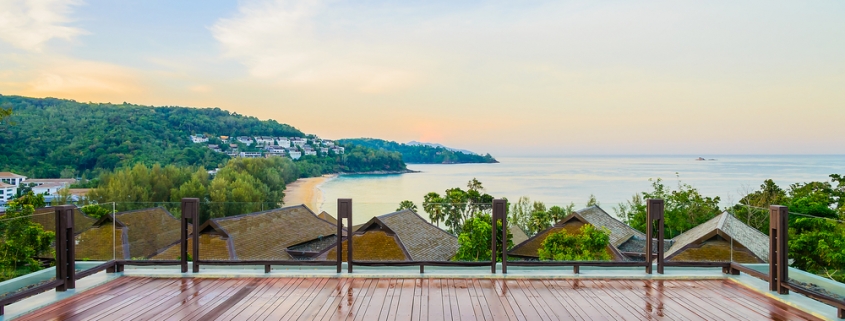Balconies Through the Ages: History of Elevated Balconies
Through the years, balconies have played an essential role in architectural history. From the medieval ages to modern times, balconies have added a united aesthetic to homes where homeowners can gather, entertain guests, and enjoy the outside world without stepping out of their property lines.
A Little Background of Elevated Balconies
The word balcony originates from “balcone”, an Italian word which means scaffold. The earliest balconies were constructed in ancient Greece thousands of years ago, mainly for functional needs such as to boost interior light and improve air circulation for homes in hot climates.
During medieval times, balconies were used for ceremonial and recreational functions, such as when people of importance stood out on a balcony as they made proclamations to those listening below them from the ground.
While balconies were once used by dictators to show power, during more recent times they hold many functional uses such as providing spectators a better view of plays, operas, and sports games.
Most recently, due to the Covid19 Pandemic, balconies have served as brief escapes for people in large cities and apartment buildings around the world.
Different types of balconies then and now
Hourd
An ancient balcony made of wood, animal skin, or manure. While most balconies are associated with love and romance, a hourd is purposely built to protect a territory from invaders during the war. Castle defenders will stand on the hourd while dropping more manure or rocks to invaders below.
Juliet balcony
This is a compact type of balcony put up outside a French window or door on the second floor of the house. Juliet balcony is the most popular type and is a common architectural feature in countries like Italy and Spain. Balconets or balconettes, are other terms used for Juliet balconies and come in a wide range of designs – from minimalist to intricate railings.
French balcony
This one is a false balcony that opens into a railing with no space with the view of the surrounding around and below.
True balcony
Elevated balconies of this type add beauty, appeal, value, and some extra space to homes. In some states, properties with outdoor spaces add to the actual value of the property.
Besides, true balconies give homeowners the privacy they need without leaving the house. It becomes a private spot to enjoy the view around, watch the sunset, and get a breath of fresh air.
Mezzanine
This is an indoor type of balcony commonly seen between two stories in a building. Mostly, a mezzanine serves as a nook to entertain guests which features a deck with protective railings.
Hung balconies
These types are commonly featured in residential and modern buildings that sit perpendicular to the building. From the cable fixes to the platform the material mainly consists of steel.
Hung balconies work by fixing the metal cable on the metal platform and is then connected to the wall at 45 degrees.
Today, elevated balconies are used for both functional and recreational purposes. Balconies are now additional parts of the household to communicate with neighbors, hang clothes, enjoy the sunset over a cup of coffee, and so much more.
Got more questions about elevated balconies or need some guidance with inspections? Reach out by clicking here!
Deck Inspectors for Southern California is happy to offer our services in Los Angeles, Orange County as well as San Diego and all Southern California surrounding areas like: Glendale, Pasadena, Burbank, Santa Monica, Anaheim, Temecula, Vista, Escondido, Carlsbad, and El Cajon



